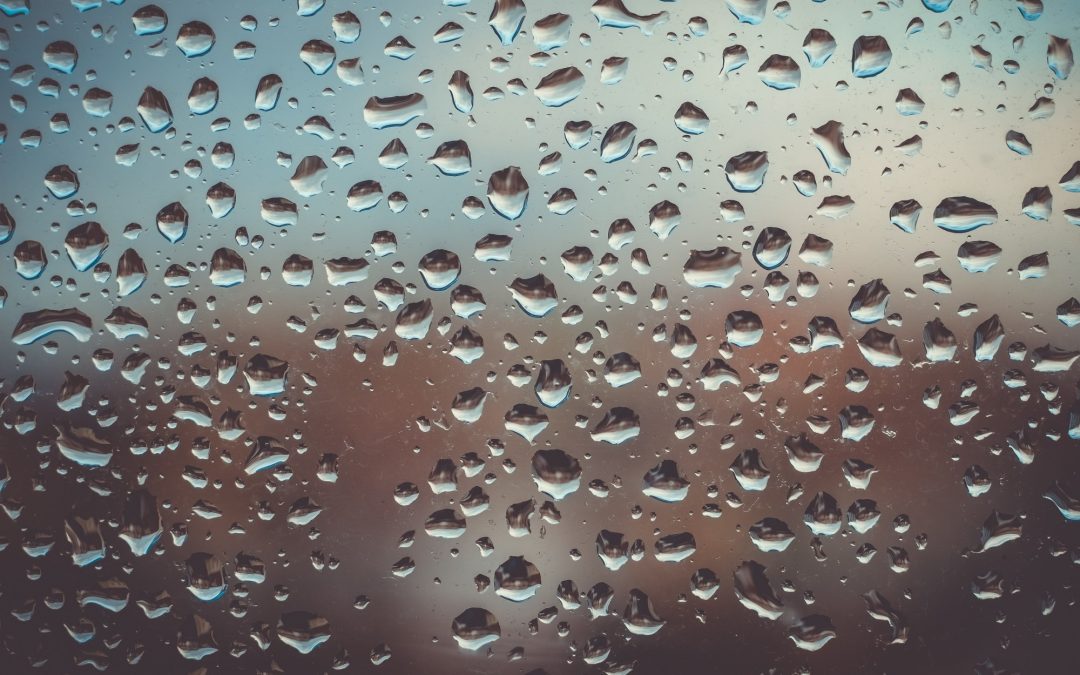How humid is your home?
Humidity in the house can do more than just drive you crazy; it can actually damage your flooring and walls. The good news is: You can turn your home from an oversized, inescapable sauna to a drier, cooler environment. Learn how to reduce humidity with the following neat tips and tricks.
1. Use a Reliable HVAC System
Most Florida homes feature HVAC systems, but is yours up to the task of cooling and dehumidifying the whole house?
If you don’t have central AC installed, you may want to jump on the cooling bandwagon. Also, if your cooling system is at least a couple of decades old, consider upgrading it in order to solve your home’s humidity problem.
The department of energy estimates that today’s most energy-efficient HVAC systems run on 30 to 50 percent less energy than those of years past.
If you upgraded your HVAC system, you could:
- Save money on energy bills
- Cool your home more efficiently
- Maintain an acceptable level of humidity throughout your whole house
Opt for an HVAC system with an Energy Star logo. The energy star indicates that the AC system is deemed high-efficiency by government standards.
You can further keep your home cool and dry through regular HVAC maintenance. For example, change the HVAC filters at least every month or according to the guidance on your air filter packaging. Also, don’t skimp on regular HVAC maintenance checks and duct cleaning.
2. Use Dehumidifiers
Do you have a dehumidifier in your house?
If not, investing in one is a wise way to reduce house humidity levels.
When you choose a dehumidifier, make sure it’s large enough to cover a significant area of your home. You may want to get two or more dehumidifiers, depending on the size and layout of your home.
This machine collects vapor from the air and dumps it out as water, so be sure to allow for water drainage. You can place a dehumidifier next to a bathroom or kitchen, for instance.
3. Use Exhaust Fans
How many exhaust fans do you have throughout your house?
You may only have a kitchen exhaust fan above your stove, or maybe you have a hall exhaust fan that’s meant to ventilate the whole house. Either way, using those fans regularly is a hands-off example of how to lower humidity levels indoors. An exhaust fan will reduce the excess moisture while fresh air enters your home.
All you have to do is turn on each bathroom exhaust fan while you are using the shower or bathtub and leave it on for 10 to 15 minutes after you are finished. Always use the kitchen exhaust vent while cooking and boiling water. Whole-house ventilation fans should only be used on cooler, drier days.
4. Allow Fresh Air Inside On Cooler Days
When it’s too cool outside to run your air conditioning, how can you keep your home nice and dry?
The answer is simple: Increase ventilation. Open up your windows and take advantage of the cooler weather. The fresh air will naturally ventilate your home which works quickly in terms of reducing humidity indoors.
Of course, if the air outside is cool and humid, you may only want to open them for a shorter period of time. Some newer HVAC systems also include a fresh air intake pipe that will bring in outside air and merge it with the cooling system. For our Orlando Florida climate, we highly recommend also having the fresh air being brought in to be dehumidified with a separate system.
5. Arrange Your Houseplants Strategically
Did you know that your plants need around 60 to 80 percent humidity in the air to thrive?
In comparison, you–and your home–need at least 30 percent less humidity than that. Also, some plants can increase the moisture in your home.
If you take joy in maintaining houseplants, keep only plants that absorb humidity. A few examples of such plants include:
- Peace lilies
- Boston fern
- English Ivy
- Reed palms
Place your plants in the dampest areas of your home. This way, your plants can thrive as they help reduce humidity levels.
6. Check Your Indoor Air Quality and Humidity
Do you own a hygrometer?
This is a tool that monitors the relative humidity in your home.
The ideal percentage of relative humidity in any home is between 30 and 50 percent. If your RH levels are above that, your home may sustain some damage over time. For instance, your floors and walls can rot. The most worrisome risk is mold developing in the dampest corners of your house.
In addition to monitoring your humidity levels yourself, have your home’s air quality checked. This type of inspection will tell you if you need to change your filters more frequently, or if your home is in danger due to humidity coupled with harmful air particles.
7. Take Cooler Showers
Do you like your showers steamy and long?
If you want to reduce the humidity at home, you may have to sacrifice some of that shower time. Long, hot showers cause a lot of condensation on your bathroom walls.
If you take your hot showers in an unventilated bathroom, the excess moisture will stick to the wall and ceiling, thus increasing the risk of mold.
Help your home by taking cool, short showers. This is especially important during the summer months. If you really need your hot showers, turn on the exhaust fan in your bathroom prior to starting the water. Leave the fan on for at least a half hour after you finish showering.
8. Learn How to Reduce Humidity With Charcoal
Did you know that you can use charcoal briquettes to get rid of humidity?
Deactivated charcoal is a moisture-adsorbent material. If you set out a basket of charcoal briquettes in a room, they will eliminate both odor and moisture from your environment. This is one of the cheapest and most effective ways to keep the humidity level low.
How Does Your Indoor Air Fare?
Now that you know how to reduce humidity in your home with a few simple tricks, which option seems best for you?
Whichever tips you stick with, make it a priority to inspect your home for any mold or allergens. Knowing how humidity and other factors have impacted your dwelling over the years will help you come up with a game plan to control the damage. Contact us today to set up an inspection or to ask any questions. We’re eager to be of service to you in the Orlando and Central Florida area.

